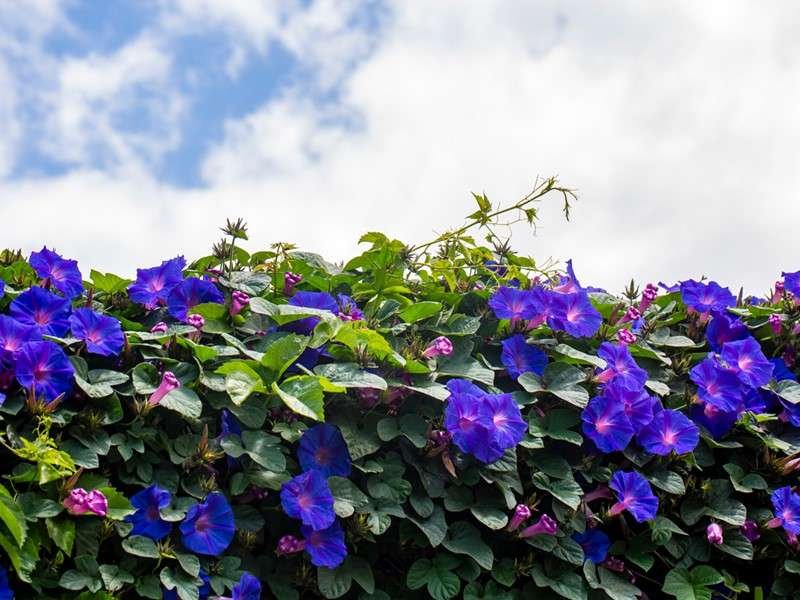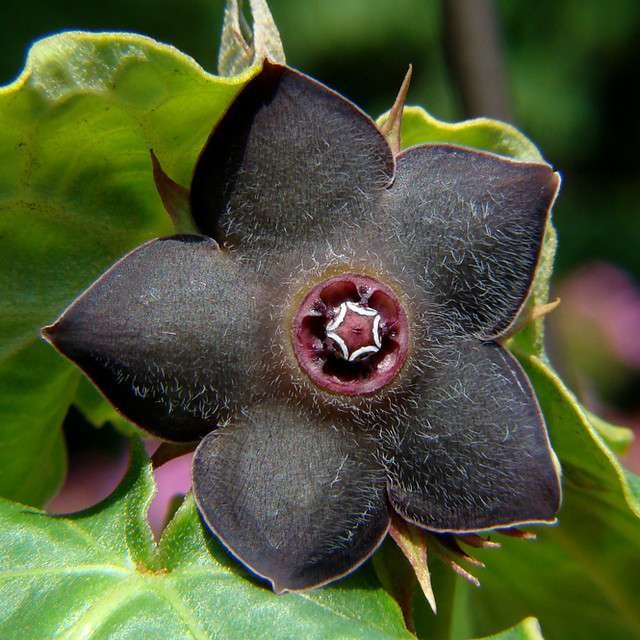Sansevieria Care Instructions
Sansevieria Care Instructions: Sansevieria, commonly known as Snake Plant or Mother-in-Law’s Tongue, is one of the easiest and most resilient houseplants to care for. It belongs to the Asparagaceae family and is popular for its sword-like, upright leaves that can be green or variegated with shades of yellow or silver.
Here’s a comprehensive care guide to help keep your Sansevieria healthy and thriving:
1. Light Requirements:
- Bright, indirect light is ideal for Sansevieria, but they can tolerate a wide range of lighting conditions, from low light to full sun.
- In low light, the plant will grow more slowly, but it can still survive. If you want faster growth and more vibrant colors, place it in a spot with bright, indirect sunlight.
2. Watering & Sansevieria Care Instructions :
- Sansevieria is a succulent, so it stores water in its thick leaves, making it highly drought-tolerant.
- Allow the soil to dry out completely between waterings to avoid overwatering, which can lead to root rot.
- Water approximately every 2-4 weeks, depending on the season (less in winter when growth slows down, more in summer when it’s actively growing).
- Always water thoroughly, but make sure any excess water drains out, as they dislike “wet feet.”
3. Soil & Sansevieria Care Instructions:
- Sansevieria prefers well-draining soil. A cactus or succulent mix works well, or you can mix regular potting soil with sand or perlite to improve drainage.
- Good drainage is key to preventing root rot, which can occur if the roots sit in soggy soil for extended periods.
4. Temperature and Humidity & Sansevieria Care Instructions:
- Sansevieria thrives in a wide range of temperatures but does best in temperatures between 60-85°F (16-29°C).
- Keep the plant away from cold drafts, as it can suffer if exposed to temperatures below 50°F (10°C).
- It is not picky about humidity and can tolerate dry indoor conditions, making it perfect for most indoor environments.
5. Fertilization:
- Feed your Sansevieria with a balanced, diluted fertilizer (such as a 10-10-10) during the growing season (spring and summer) about once a month.
- Avoid over-fertilizing, as Sansevieria are slow-growing plants and do not require much fertilization. Skip feeding in the winter when the plant is dormant.
6. Repotting:
- Sansevierias like to be slightly root-bound, so you don’t need to repot them frequently. They only require repotting when the roots are clearly overcrowded or breaking the pot (usually every 2-3 years).
- Choose a pot with a drainage hole to prevent water buildup.
7. Pruning:
- Pruning is generally unnecessary unless the leaves are damaged or old. If a leaf becomes yellow or damaged, cut it off at the soil line to keep the plant looking neat.
- New growth usually comes from the base of the plant.
8. Propagation:
- Sansevieria is easily propagated by division or leaf cuttings.
- Division: Separate the rhizomes when repotting by cutting or gently pulling them apart. Plant each division in a new pot with fresh soil.
- Leaf cuttings: Cut a healthy leaf into 4-6 inch segments and plant the lower ends in moist soil. Be patient, as leaf cuttings take time to develop new growth.
9. Pests and Problems:
- Sansevieria is generally resistant to most pests, but it can occasionally attract spider mites, mealybugs, or scale insects. These can be treated with insecticidal soap or neem oil.
- The most common problem with Snake Plants is overwatering, which can cause root rot. Be sure to let the soil dry out between waterings and use well-draining soil.
10. Toxicity:
- Sansevieria is considered toxic to pets (cats and dogs) if ingested. It can cause nausea, vomiting, and gastrointestinal upset. Keep it out of reach of curious pets and small children.
Tips for Success:
- For optimal growth, place your Sansevieria in bright, indirect light and avoid overwatering.
- Rotate the plant every few weeks to encourage even growth, as the leaves tend to grow toward the light.
- Dust the leaves occasionally to keep them clean, ensuring they can photosynthesize effectively.



